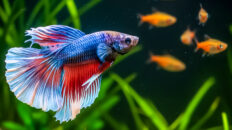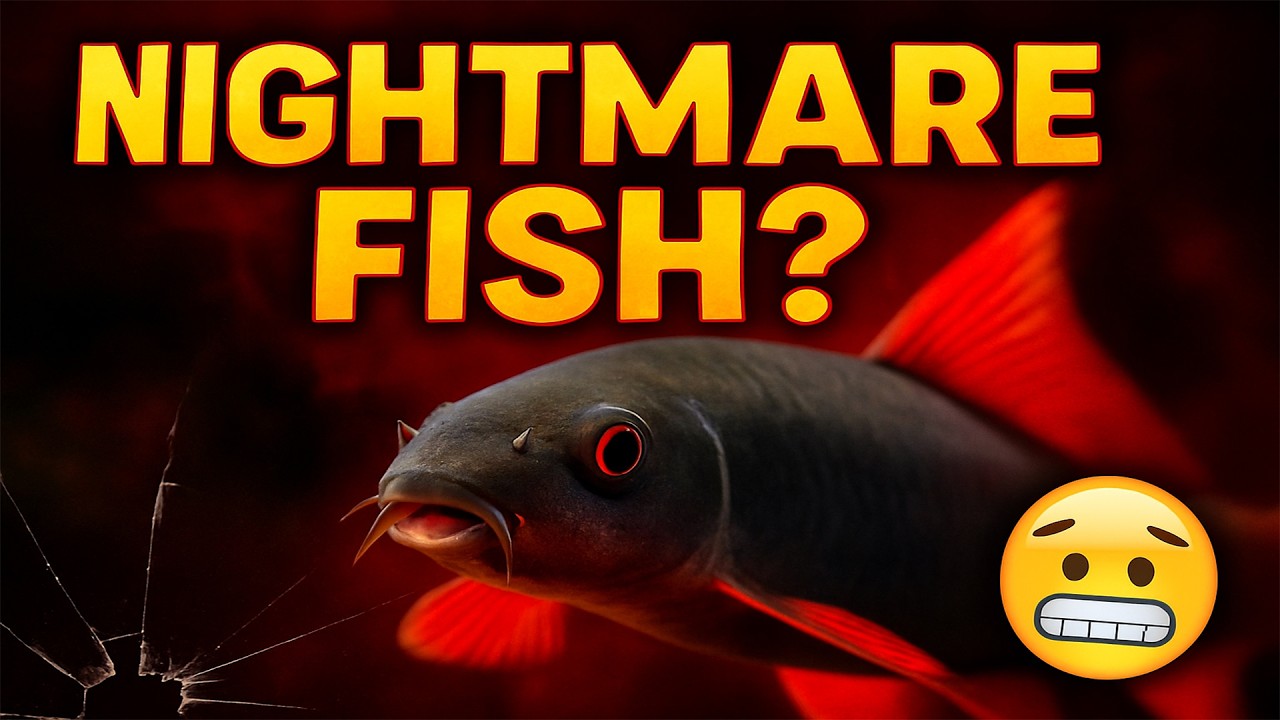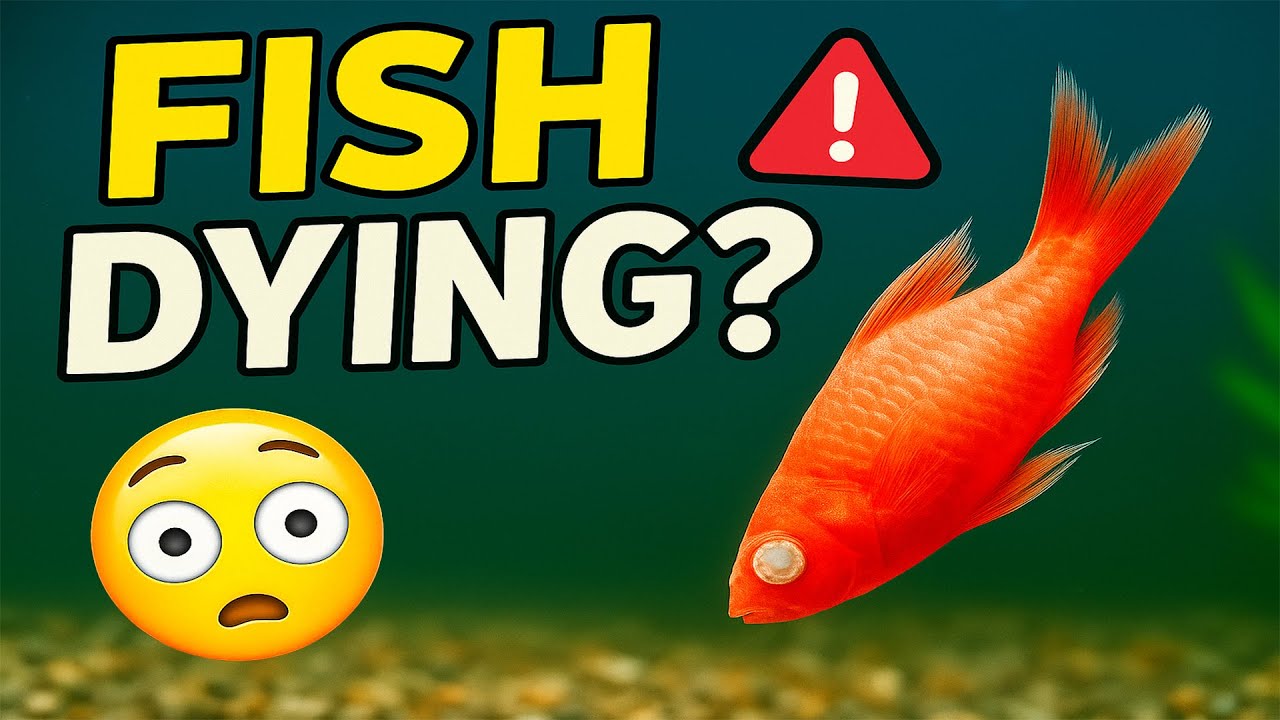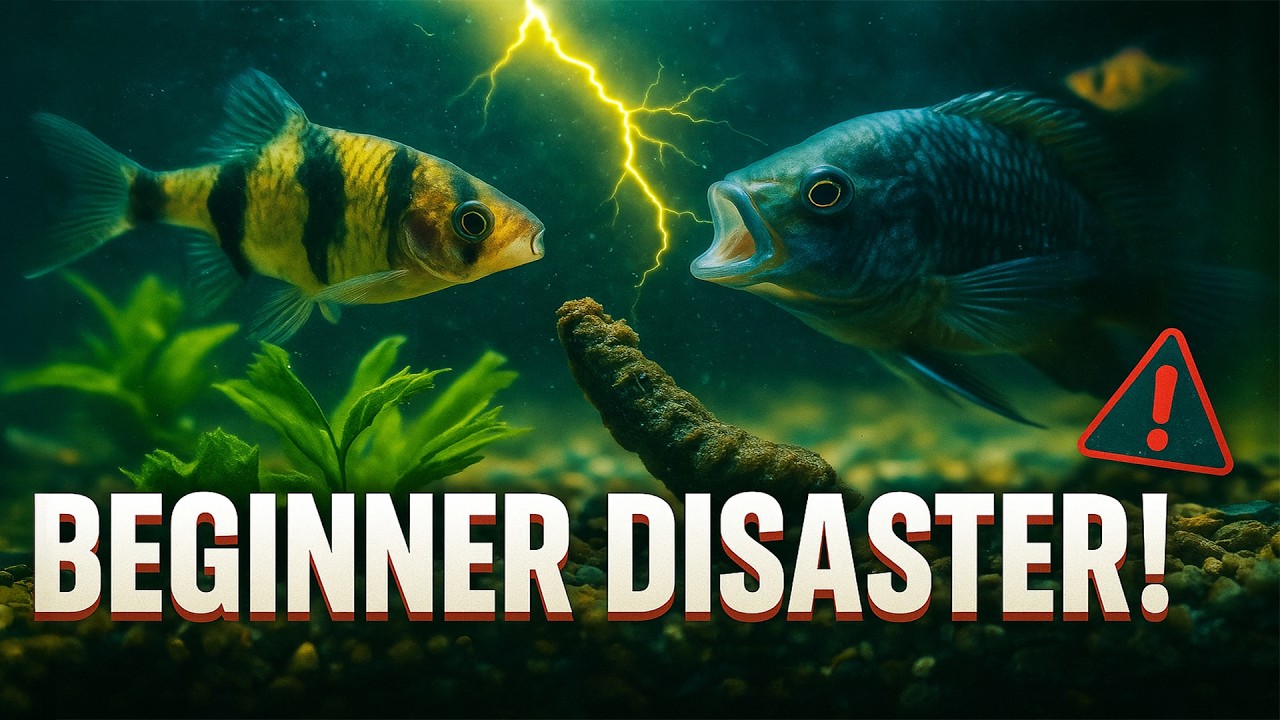Setting up your first aquarium doesn’t have to be confusing or expensive. Most beginners overcomplicate things, leading to cloudy water, stressed fish, or even tank crashes. But with the right steps—and a little patience—you can build a thriving, crystal-clear aquarium right from day one. In this guide, we’ll walk through every step of your first fish tank setup, explain why each part matters, and help you avoid the most common beginner mistakes.
Step 1: Choose the Right Tank Location
Before you buy fish or even fill your tank, location is everything. Avoid placing your aquarium near windows, radiators, or air vents. Sunlight causes algae blooms and fluctuating temperatures can stress fish. Choose a stable surface that can handle the full weight—remember, a 20-gallon tank weighs over 200 pounds when filled!
Pro Tip:
Test the surface by adding a few gallons of water first. If you notice any wobble, reinforce or change the stand. Stability now prevents disaster later.
Step 2: Rinse Substrate and Decorations Properly
One of the biggest beginner mistakes is skipping this step. Unwashed gravel or sand releases dust, making your tank cloudy from day one. Rinse your substrate in clean tap water (no soap ever!) until the water runs mostly clear. Do the same for rocks and decorations to remove debris or packaging residue.
The “Plate Trick”:
When filling your aquarium, place a clean plate on the substrate and pour water onto it. This prevents disturbing the gravel and keeps your tank from turning cloudy—a pro-level hack every beginner should know.
Step 3: Install Filter, Heater & Thermometer Correctly
Your filter is the life support system of your tank. Without proper flow and filtration, waste and toxins build up fast. Follow the manufacturer’s instructions carefully, ensuring the intake is positioned away from decorations. Heaters should be placed near the filter output for even heat distribution, and a thermometer should be on the opposite side for accurate readings.
Temperature Stability Matters
Most tropical fish thrive between 75–80°F (24–27°C). Avoid quick fluctuations—fish can handle slightly cool water better than sudden heat changes. Always let your heater stabilize for 30 minutes before turning it on.
Step 4: Understand the Nitrogen Cycle (Your Tank’s “Immune System”)
This is the part most beginners skip—and it’s the #1 reason fish die early. The nitrogen cycle establishes beneficial bacteria that convert toxic ammonia (from fish waste and food) into nitrite, and then into safer nitrate. Without this process, ammonia builds up, burning gills and killing fish.
How to Cycle Your Tank
- Set up your tank fully with water, filter, and heater.
- Add an ammonia source (fish food or bottled ammonia).
- Use a test kit to monitor ammonia, nitrite, and nitrate levels weekly.
- Wait until ammonia and nitrite drop to 0 ppm and nitrate appears—this can take 3–5 weeks.
Only after this cycle completes should you add fish. It’s the single best investment of patience you can make in your aquarium’s success.
Step 5: Add Your First Fish (Slowly!)
Stocking too fast is a recipe for disaster. Add only 2–3 small fish at a time, and wait at least a week between additions. This allows the bacterial colony in your filter to adjust and prevents ammonia spikes. Start with hardy species like guppies, white cloud mountain minnows, or zebra danios.
Fish Compatibility Matters
Mixing aggressive and peaceful species leads to stress and constant fighting. Research your fish before buying—community tanks only work when species share similar temperaments and water requirements.
Step 6: Weekly Maintenance for a Healthy Tank
A clean tank isn’t about scrubbing everything—it’s about balance. Perform 20–30% water changes weekly, vacuum your gravel lightly, and clean filter media monthly (in tank water, not under the tap). Overcleaning kills beneficial bacteria, which can lead to cloudy water or new tank syndrome.
Beginner’s Maintenance Checklist
- Test water weekly (ammonia, nitrite, nitrate, pH).
- Change 25% water every 7 days.
- Clean algae from glass using a magnetic scraper.
- Rinse filter media gently in old tank water once per month.
- Feed fish once or twice daily—only what they eat in 2 minutes.
Scientific Insight: The Biology Behind a Healthy Aquarium
Studies show that stable microbial communities are essential for aquarium health. Research in Aquaculture – Water Quality Management confirms that ammonia oxidation by nitrifying bacteria (Nitrosomonas and Nitrobacter) forms the foundation of a balanced ecosystem. Disrupting these colonies—by overcleaning or adding fish too fast—causes ammonia spikes and bacterial blooms.
Another study published in FEMS Microbiology Letters reveals that beneficial biofilms in aquariums improve oxygen exchange and nutrient balance, significantly reducing cloudy water and algae outbreaks. This scientific evidence proves that patience and natural cycling lead to a stronger, more resilient aquarium system.
Finally, Springer – Fish Physiology & Biochemistry highlights that fish exposed to sudden environmental changes—such as uncycled tanks or poor water quality—show elevated stress hormones (cortisol), reducing immunity and lifespan. In short: cycling isn’t optional—it’s life support.
Step 7: Keep Learning and Improving
Aquarium keeping is a journey of constant improvement. Don’t chase perfection—aim for stability. Watch how your fish behave, test your water regularly, and adjust your maintenance routine as your tank matures. The best aquariums are built slowly, through observation and consistency.
Quick Recap: First Tank Essentials
- Choose the right spot (no sunlight or vibrations)
- Rinse substrate and décor properly
- Install filter, heater, and thermometer
- Cycle your tank before adding fish
- Add fish slowly and monitor water quality
- Perform regular maintenance, not deep cleanings
Watch the Full Step-by-Step Tutorial
Want to see how it’s done in real time? Watch the full beginner guide here:
First Aquarium Setup Made EASY — What Every Beginner Should Know
Timestamps
- How to Set Up Your First Fish Tank (Beginner Guide)
- Best Place to Put a Fish Tank (Avoid Cracks & Sunlight)
- Cleaning Substrate & Decorations the Right Way
- Installing Filter, Heater & Thermometer Correctly
- Filling the Aquarium Without Making It Cloudy
- Understanding the Nitrogen Cycle for Beginners
- When & How to Add Fish (Stocking the First Tank)
- Weekly Aquarium Maintenance Routine
- Beginner Fish Tank Setup Checklist (Quick Recap)
Final Thoughts
Your first fish tank is more than just a hobby—it’s your fish’s home. By following these steps and understanding the science behind balance, you’ll create a stable ecosystem that lasts for years. Remember: patience, routine, and observation are your best tools in fishkeeping. Every mistake is a lesson, and every improvement brings you closer to mastering your aquarium.
About FishTank Mastery
FishTank Mastery helps aquarium beginners across the US, UK, and Europe build healthy, natural fish tanks through experience-based advice, scientific insights, and step-by-step guides. No gimmicks, no sponsorships—just real fishkeeping knowledge. Subscribe to our YouTube channel for weekly tutorials that make fishkeeping simple, fun, and rewarding.
Continue Your Aquarium Journey
Now that you know how to set up your first fish tank step-by-step, the next challenge is building a peaceful community aquarium that stays balanced long-term. If you want to avoid aggression and compatibility issues, check out our full beginner guide: How to Build a Peaceful Community Fish Tank — Beginner’s Setup Guide. You’ll learn how to choose fish that thrive together, manage territories, and create a calm environment even in small aquariums.
Once your tank is stable, it’s time to deal with nature’s biggest challenge — algae control. Don’t let Black Beard Algae (BBA), diatoms, or green spot algae ruin your setup. Our guide Natural Ways to STOP Aquarium Algae – Fix BBA, Diatoms & Green Spot FAST! explains how to clean your aquarium naturally without chemicals while keeping plants and beneficial bacteria safe.
As you gain more experience, you’ll encounter a wide range of fish behaviors—from peaceful schooling fish to aggressive monster fish. To understand the difference, read Top 10 Most Aggressive Aquarium Fish and compare it with 7 Best Community Fish That Live Peacefully Together. These two guides reveal how fish temperament and tank conditions affect harmony in your aquarium. And don’t forget to feed your new residents the right diet—our post Top 5 Nano Fish Foods That Keep Your Tank Clean & Fish Healthy shows how the right food choices improve water clarity and overall fish health.
With the right setup, healthy feeding habits, and careful species selection, your aquarium will evolve from a simple beginner project into a stable, thriving ecosystem. Keep exploring, learning, and fine-tuning your skills—because that’s the true secret behind FishTank Mastery.










Add comment